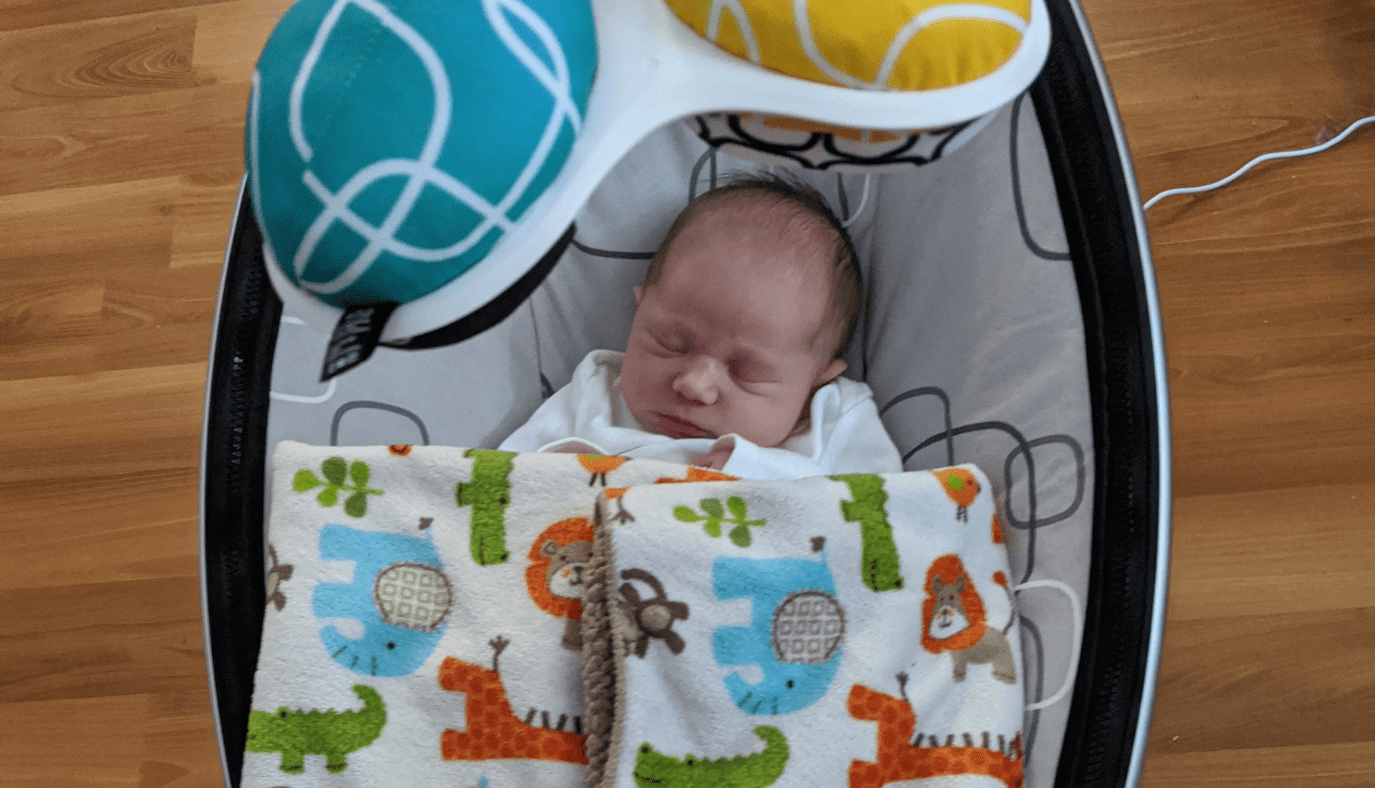Best Non Toxic Baby Swing and Bouncer Options
As a parent, your baby’s safety is your top priority.
With the increasing awareness about harmful chemicals and toxic materials in baby products, finding the best non-toxic baby swing can be daunting.
Fortunately, there are excellent choices available that ensure your baby’s comfort and safety.
This guide will help you navigate through the options and find the best non-toxic baby swings and baby bouncers for your little one.
This post may contain affiliate links. Full privacy policy and disclosure here.

Why Non-Toxic Baby Swings Matter
Baby swings and baby bouncers are essential baby gear items that provide a safe place for your baby to rest, play, and develop motor skills.
However, many traditional swings and bouncers contain toxic chemicals such as flame retardants, volatile organic compounds (VOCs), and synthetic materials.
These harmful substances can affect your baby’s health, potentially leading to immune system issues, endocrine disruptors, and even birth defects.
Key Features of Non-Toxic Baby Swings
When looking for the best non-toxic baby swing, consider the following features:
1. Non-Toxic Materials
Opt for swings made from organic materials such as organic cotton and natural fibers. These materials are free from harmful chemicals and synthetic additives, providing a safer environment for your baby.
2. Safety Standards
Ensure the swing meets the highest safety standards. Look for certifications like Oeko-Tex Standard 100, which guarantees that the product is free from harmful substances.
3. Ergonomic Design
A swing with an ergonomic design supports your baby’s natural posture and movements. This feature is vital for your baby’s development and comfort.
4. Safety Features
Check for essential safety features such as sturdy harnesses, non-slip bases, and appropriate weight limits. These features ensure your baby is secure while using the swing.
5. Easy Cleaning
Babies can be messy, so a swing with a machine washable fabric cover is a practical choice for easy maintenance.

Top Picks for Non-Toxic Baby Swings
1. BabyBjorn Bouncer Bliss
The BabyBjorn Bouncer Bliss is a popular choice among parents for its simple design and use of non-toxic materials. Made from organic cotton, it is free from flame retardants and other toxic chemicals. It also supports your baby’s own movements, helping to develop motor skills naturally.
2. Nuna Leaf Grow
The Nuna Leaf Grow is another excellent choice, featuring an ergonomic design and natural rocking motion. It is made from organic materials and does not contain harmful chemicals. Its sleek design makes it a great addition to any home.
3. 4moms mamaRoo
For parents looking for advanced features, the 4moms mamaRoo offers multiple motion settings and an ergonomic design. It is crafted from safe materials and meets stringent safety standards.
4. Stokke Steps Bouncer
The Stokke Steps Bouncer is designed with safety and comfort in mind. Made from non-toxic materials, it provides excellent support for your baby and is easy to clean.
5. Little Tikes Cozy Coupe First Swing
For an outdoor baby swing option, the Little Tikes Cozy Coupe First Swing is a fun and safe choice. It is designed for older children and meets all safety standards.
Additional Tips for Choosing Non-Toxic Baby Gear
When shopping for baby items, always look for products labeled as free from toxic flame retardants, volatile organic compounds, and heavy metals.
Opt for natural materials and organic fibers whenever possible. Consider adding these non-toxic baby swings to your baby registry to ensure a safe environment from day one.
Bottom Line
Choosing the best non-toxic baby swing is an important step in protecting your baby from harmful chemicals.
By selecting products made from safe materials and adhering to high safety standards, you can provide a secure and comfortable place for your baby to relax and play.
With options like the BabyBjorn Bouncer Bliss, Nuna Leaf Grow, and 4moms mamaRoo, you can find the perfect swing that meets your baby’s needs and your peace of mind.
Remember, the good news is that there are many great products available that prioritize your baby’s health and safety. With this guide, you are well-equipped to make an informed decision and create a safe, nurturing environment for your little one.

